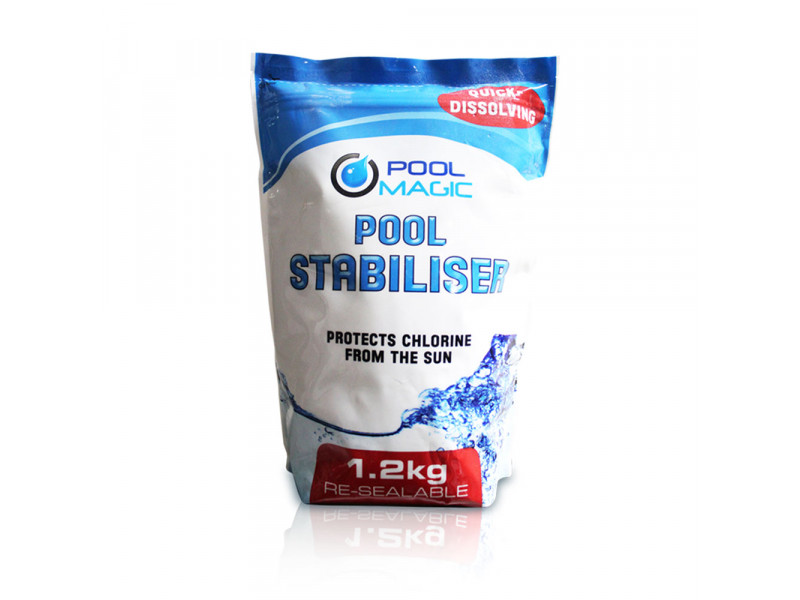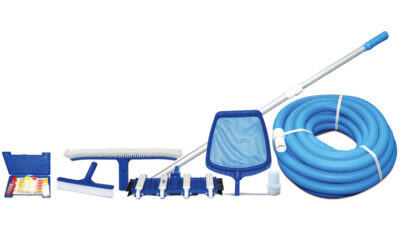Introduction
Plunge into the refreshing depths of your swimming pool, knowing that the water is crystal-clear, free from harmful contaminants, and invitingly pristine. Achieving this aquatic paradise requires a delicate balance of maintenance and the right arsenal of swimming pool chemicals. Embark on a journey to understand these essential chemicals, their functions, and how to use them effectively to transform your pool into a haven of safety and enjoyment.
Chlorine: The Pool’s Guardian of Sanitation
Chlorine reigns supreme as the primary sanitizer for swimming pools, combating a host of bacteria and microorganisms that can cause illness and discomfort. Chlorine’s effectiveness lies in its ability to break down cell walls, rendering harmful microbes inactive. Available in various forms, such as chlorine tablets, liquid chlorine, and chlorine generators, chlorine ensures your pool remains a healthy and refreshing retreat.
Types of Chlorine
-
Chlorine Tablets: Chlorine tablets are the most common form of chlorine used in swimming pools. They are slow-releasing and easy to use, and they come in a variety of strengths to suit different pool sizes and usage levels.
-
Liquid Chlorine: Liquid chlorine is a more concentrated form of chlorine than chlorine tablets. It is typically used for shock treatments or to quickly raise chlorine levels in the pool.
-
Chlorine Generators: Chlorine generators use electrolysis to convert salt into chlorine. This is a more environmentally friendly way to sanitize your pool, and it can also be more cost-effective in the long run.
How to Use Chlorine Effectively
-
Test your pool water regularly to ensure chlorine levels are within the recommended range of 1.0 to 3.0 ppm.
-
Shock your pool every week or two to eliminate accumulated contaminants.
-
Adjust the amount of chlorine you use based on the size of your pool, the number of swimmers, and the weather conditions.
Salt-Based Systems: An Alternative to Chlorine
For those seeking an alternative to traditional chlorine, salt-based systems offer a gentler yet equally effective sanitation method. These systems convert salt into chlorine through a process called electrolysis, generating a continuous supply of chlorine without the need for manual dosing. Salt-based systems are particularly appealing to those sensitive to chlorine’s odor or who prefer a more natural approach to pool sanitation.
Benefits of Salt-Based Systems
-
Gentler on skin and eyes: Salt-based systems produce chlorine in a more natural form, which is less harsh on skin and eyes than traditional chlorine.
-
Easier to use: Salt-based systems are self-regulating, so there is no need to manually add chlorine or adjust pH levels.
-
More environmentally friendly: Salt-based systems do not produce any harmful byproducts, such as trichloramine, which is a byproduct of chlorine disinfection.
How to Use Salt-Based Systems Effectively
-
Maintain a salt level of 2,500 to 3,500 ppm.
-
Clean your pool filter regularly to remove debris and ensure the system is working properly.
-
Monitor the chlorine level in your pool water and adjust the salt level accordingly.
Algaecides: Banishing Unwanted Guests
Algae, the unsightly green invaders of pools, can quickly turn your crystal-clear water into a murky mess. Algaecides act as the pool’s defense against these unwelcome guests, preventing their growth and proliferation. Different types of algaecides target specific algae strains, ensuring comprehensive protection. Regular application of algaecides keeps your pool free from algae blooms, maintaining its inviting appeal.
Types of Algaecides
-
Green algae algaecides: These algaecides are effective against the most common type of algae, green algae.
-
Black algae algaecides: Black algae is a more stubborn type of algae, but there are algaecides specifically designed to kill it.
-
Yellow algae algaecides: Yellow algae is a relatively rare type of algae, but there are algaecides available to treat it.
How to Use Algaecides Effectively
-
Apply algaecides according to the instructions on the product label.
-
Algae can become resistant to algaecides if they are used too frequently, so it is important to rotate between different types of algaecides.
-
Prevent algae growth by keeping your pool water clean and balanced.
pH Balancers: Maintaining Harmony in Your Pool
The pH level of your pool water plays a crucial role in its overall health and safety. Ideal pH levels range from 7.2 to 7.8, indicating a neutral balance. When pH levels deviate from this range, it can affect the effectiveness of chlorine, increase the likelihood of algae growth, and even irritate swimmers’ skin and eyes. pH balancers, either in the form of pH increasers or decreasers, help maintain the optimal pH level, ensuring a comfortable and healthy swimming environment.
Types of pH Balancers
-
pH Increasers: pH increasers are used to raise the pH level of pool water. They are typically made from sodium carbonate or sodium bicarbonate.
-
pH Decreasers: pH decreasers are used to lower the pH level of pool water. They are typically made from muriatic acid or sulfuric acid.
How to Use pH Balancers Effectively
-
Test your pool water regularly to ensure the pH level is within the recommended range of 7.2 to 7.8.
-
Add pH increasers or decreases slowly and in small amounts until the desired pH level is reached.
-
Never add pH increasers or decreasers directly to the pool water. Always add them to a bucket of water first and then mix the solution into the pool.
Shock Treatments: A Powerful Cleanse
Shock treatments, also known as superchlorination, are like a deep clean for your pool. Typically administered after heavy usage or periods of neglect, shock treatments significantly increase chlorine levels to eliminate accumulated contaminants and revitalize the pool water. Shock treatments are essential for maintaining a healthy and enjoyable swimming experience.
When to Use Shock Treatments
-
After heavy pool usage, such as during holidays or parties.
-
After heavy rain or thunderstorms.
-
When there is a visible outbreak of algae.
-
When the pool water is cloudy or murky.
How to Use Shock Treatments
-
Follow the instructions on the product label carefully.
-
Turn off your pool’s filter pump for several hours after shocking the pool.
-
Re-test your pool water the next day to ensure the chlorine level has returned to a safe range.
Conclusion
Swimming pool chemicals are not just about sanitization; they are the guardians of your pool’s health and beauty. By understanding the functions of these essential chemicals and applying them correctly, you can transform your pool into a refreshing oasis, inviting you to plunge into a world of endless aquatic adventures. Remember to always follow the instructions on the product labels and test your pool water regularly to ensure it remains in a healthy and safe state.





0 Comments